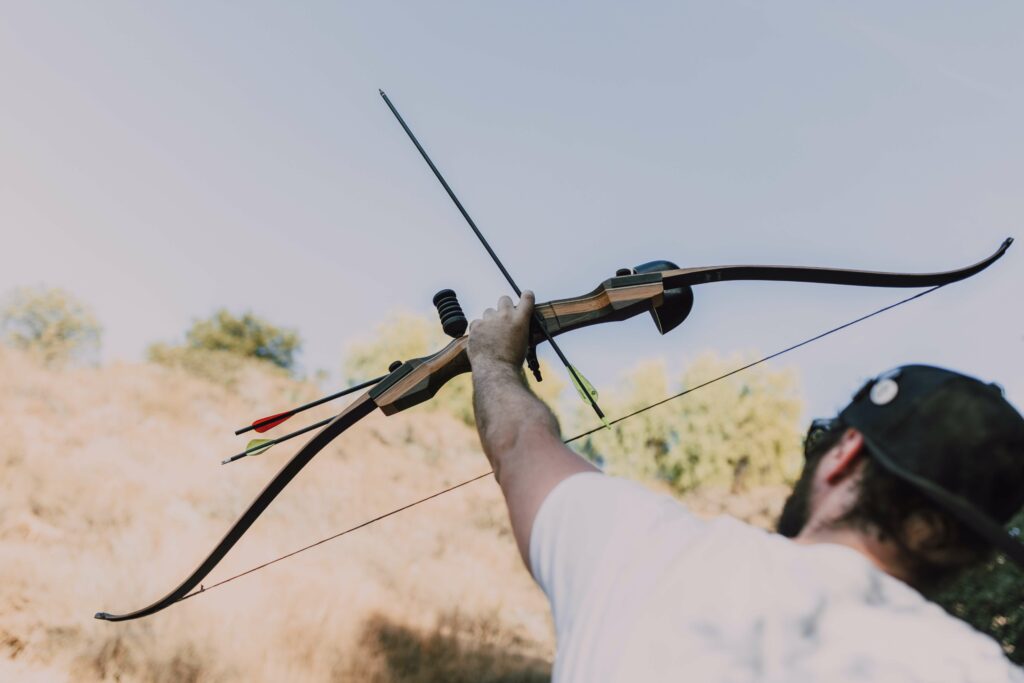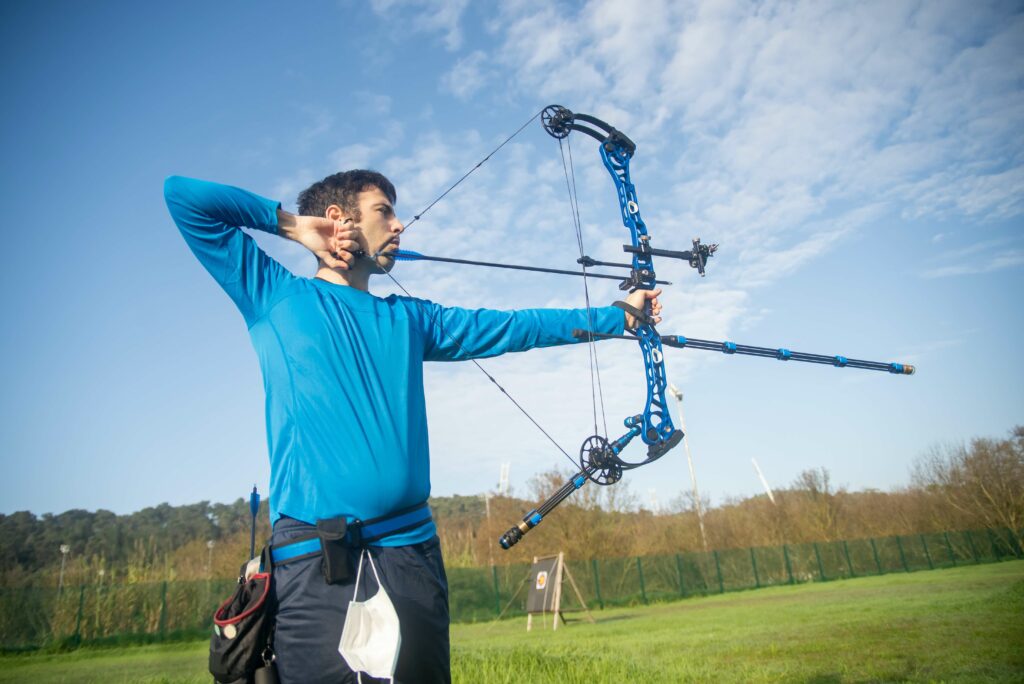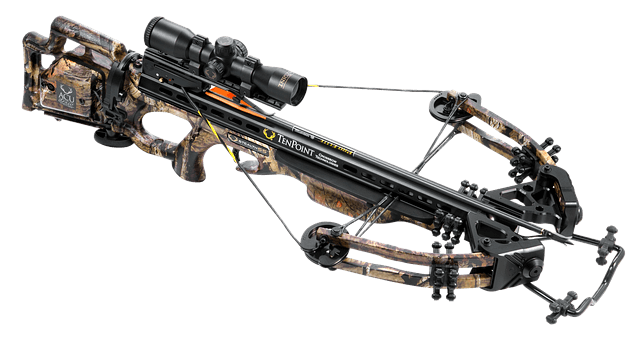Different designs and materials give rise to a wide variety of bows, each possessing unique properties that influence the drawing and releasing of the string. However, a frequently asked question is, what bow is the most challenging to shoot?
The most important factor in determining how difficult it is to shoot a bow is the bow’s draw weight. This defining metric determines how much force the archer needs to generate in order to successfully pull the bowstring back to the fully drawn position.
The English Longbow has the highest recorded draw weight, making it the most difficult bow to master. Estimates from the Long Bows found on the Mary Rose ran to 190lbs. To put that figure into perspective for someone unfamiliar with archery, most modern adults shoot bows in the 30-40lb range. In fact, it’s very rare for a modern archer to shoot more than 80lb. So an insane amount of strength was needed to draw back a full-power longbow.
There are many different types of bows, and each one comes with its own set of challenges. In this article, we’ll look at why the longbow was so made in such a way, and how it compares to modern bows, as well as other bows throughout history.

Why is The Long Bow The Hardest Bow To Shoot?
The English Longbow was a hugely powerful weapon that saw its heyday from 1250-1450. They were typically 180cm (6ft) in length and made from Yew, and fired arrows up to 37 inches in length over distances of 450-1000ft. They may have required 150-180 pounds (80kg) of force just to draw the bow back.
As a result, the overproduction of longbows devastated entire areas of Yew forests. Additionally, laburnum and ash were introduced to create practice bows.
Bow String – Longbow strings were usually made from hemp, silk, or flax
Arrows – The arrows found on the Mary Rose varied in length from 24-30 inches. They were made primarily from ash and poplar.
If you’d like to find out how far a Longbow arrow can fly, check out this article.
Training with the Longbow
The Longbow was so notoriously difficult to master because of the sheer force required to draw the bow, that it was difficult to recruit enough men skilled enough in the use of the bow to fill the military ranks. This led King Edward III, in 1363 to make a Royal decree stating that:
King Edward III, 1363
Every man in the same country, if he be able-bodied, shall, upon holidays, make use, in his games, of bows and arrows… and so learn and practice archery.
Local authorities instructed every able-bodied man in the country to allocate time on a Sunday for archery practice. Fathers presented their children, as young as 10, with a Longbow and encouraged them to practice daily.

Whereas modern technique focuses heavily on anchoring and aiming down the arrow, the longbows were so heavy that focusing on accuracy was a waste of time.
It would take roughly 10 years of dedicated practice to build the strength required just to get the bowstring to full draw length, and even then there was no way of holding the string long enough to aim the arrow.
Instead, over time, archers learned to shoot instinctively, with the bow, effectively becoming an extension of the archer’s body.
In contrast to the modern archery technique of drawing the arrow back to the eye, aiming down the arrow, or using the sight, medieval archers employed a technique known as ‘laying into the bow’.
This involved pushing into the bow with the left hand while simultaneously pulling back with the right. It would gain the archer a few more pounds of draw weight but would reduce the ability to aim.
The 4 Main Bow Types
Recurve bow

The recurve bow is a simple, elegant design that dates back thousands of years. It is characterized by its curved shape and how the tips of the bow curve away from the archer.
This design makes the bow more efficient and gives it more power than traditional bows. The recurve bow is often used in target shooting and hunting. The Recurve bow is most often given to beginners.
Compound bow

The Compound bow is a bow that has been used by hunters and warriors for centuries. The compound bow uses a system of pulleys and cams to give the bow its power.
This system makes the compound bow more powerful than other bows. The compound bow is also more accurate than other bows because it is easier to hold steady.
Crossbow

A Crossbow uses the same launching principle as a traditional bow. The main difference from a traditional bow is that the crossbow uses a locking mechanism to secure the drawn string. A trigger is then fired to release the arrow, or, ‘bolt’.
English Longbow
The Longbow is a type of bow that is significantly taller than the archer using it. During the Middle Ages and Renaissance periods, the English and Welsh predominantly utilized this type of bow. The Longbow believed to have originated in Wales, saw extensive use throughout the Hundred Years’ War. Even today, some enthusiasts continue to employ the Longbow.
Comparison of Bow draw weights
| Bow Type | Origins | Draw Weight (lbs) |
| English Long Bow | Wales/England | 120 – 190lbs |
| Recurve Bow | Asia, 2000BC | 35 – 55lbs |
| Compound Bow | US, Missouri, 1966 | 40 – 80lbs |
| Crossbow | China, 1000BC | 80 – 120lbs |
Conclusion
In conclusion, the English Longbow is the most difficult bow to master and therefore the hardest bow to shoot. It takes years of practice and training to be able to shoot one accurately.
Designers have created more accessible modern Longbow replicas by reducing the draw weight. If you’re interested in participating, numerous medieval re-enactment events regularly feature the use of Longbow replicas.
Even today, there are very few people who can shoot a longbow well with a draw weight approaching anything close to medieval times. If you are interested in learning how to shoot a longbow, I suggest finding a local archery club or hiring a personal instructor.

0 Comments